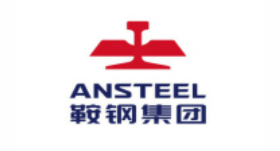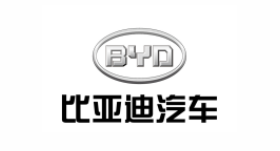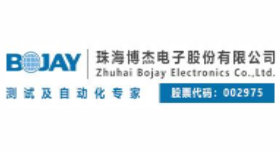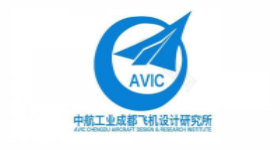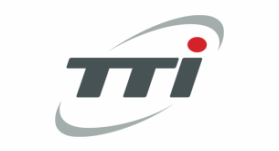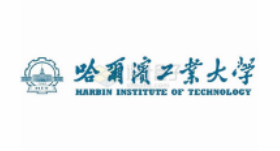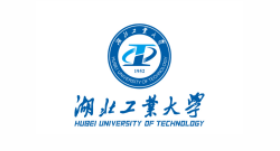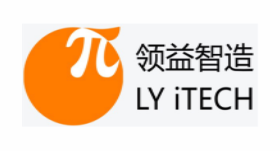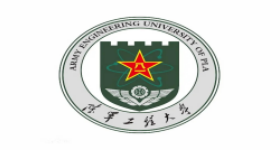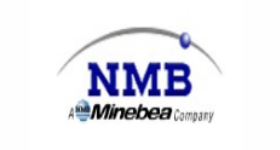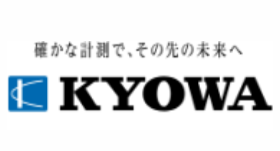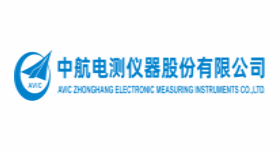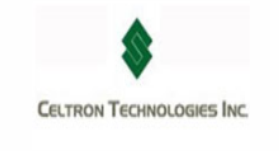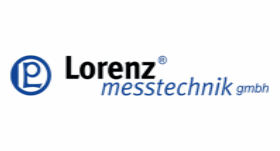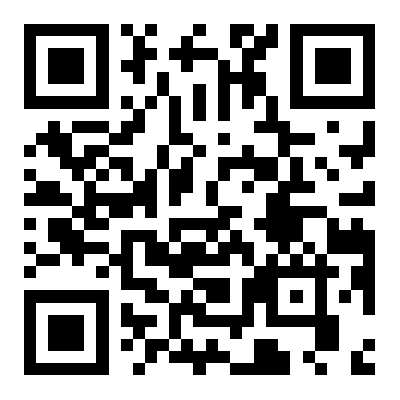Shielding technique
Containers are made of metal materials. The circuit that needs to be protected can be effectively prevented from interference by electric or magnetic fields, which is called shielding. Shielding can be divided into electrostatic shielding, electromagnetic shielding and low-frequency magnetic shielding.
Electrostatic shielding
According to the principle of electromagnetism, there is no electric field line inside the closed hollow conductor in the electrostatic field, and its internal points are equal potential. With this principle, a metal with good conductivity such as copper or aluminum is used as a material to make a closed metal container, and it is connected with the ground wire, and the circuit value that needs to be protected is r, so that the external interference electric field does not affect its internal circuit, and in turn, the electric field generated by the internal circuit will not affect the external circuit. This method is called electrostatic shielding. For example, in the sensor measurement circuit, insert a conductor with a gap between the primary side and the secondary side of the power transformer, and ground it to prevent the electrostatic coupling of the two windings, which is a method of electrostatic shielding.
Electromagnetic shielding
For the high-frequency interference magnetic field, the principle of eddy current is used to make the high-frequency interference electromagnetic field produce eddy current in the shielding metal, consume the energy of the interference magnetic field, and the eddy current magnetic field offsets the high-frequency interference magnetic field, so that the protected circuit is protected from the influence of the high-frequency electromagnetic field. This shielding method is called electromagnetic shielding. If the electromagnetic shield is grounded, it also acts as an electrostatic shield. The output cable of the sensor generally adopts copper mesh shielding, which has both electrostatic shielding and electromagnetic shielding. The shielding material must be a low-resistance material with good electrical conductivity, such as copper, aluminum or silver-plated copper.
Low frequency magnetic shielding
If the interference is a low-frequency magnetic field, the eddy current phenomenon is not obvious at this time, and the anti-interference effect is not very good with the above method, so it is necessary to use high-permeability magnetic materials as a shield layer, in order to limit the low-frequency interference magnetic inductance line to the magnetic shield layer with very small magnetoresistance. The protected circuit is protected from low frequency magnetic field coupling interference. This shielding method is generally referred to as low-frequency magnetic shielding. The iron shell of the sensor detection instrument acts as a low-frequency magnetic shield. If it is further grounded, it also plays the role of electrostatic shielding and electromagnetic shielding.
Based on the above several commonly used shielding technologies, composite shielding cables can be used in her side where interference is more serious, that is, the outer layer is a low-frequency magnetic shielding layer. The inner layer is an electromagnetic shielding layer. Achieve double shielding effect. For example, the parasitic capacitance of capacitive sensors in actual measurement is a key problem that must be solved, otherwise its transmission efficiency and sensitivity will become low. The sensor must be electrostatic shielding, and its electrode lead line uses double-layer shielding technology, generally known as drive cable technology. This method can effectively overcome the parasitic capacitance of the sensor during use.



